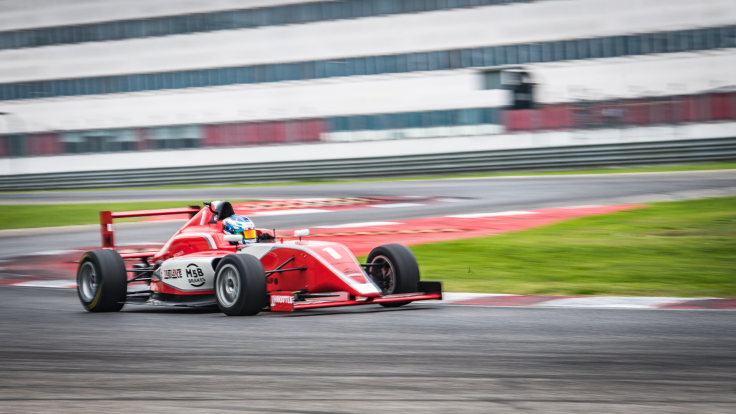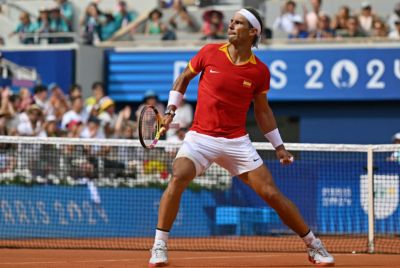How Data Analytics and Digital Trends Shape the Future of Formula 1
From race strategy to fan engagement, Formula 1 is evolving through data analytics, immersive digital platforms, and expanding markets

Formula 1 has always been a sport where milliseconds matter and innovation is relentless. In recent years, the fusion of advanced data analytics and evolving digital engagement has transformed not only how teams race but also how fans experience the sport. As F1 expands into new markets and embraces cutting-edge technology, its future looks more dynamic than ever.
How Data Analytics Drives Race Strategy
Modern Formula 1 teams operate as high-tech laboratories on wheels, relying on a staggering array of sensors and real-time data streams to inform every strategic decision. Engineers and strategists pore over gigabytes of telemetry, weather data, tyre degradation rates, and competitor performance to gain even the slightest edge. This data-driven approach has revolutionised race strategy, from pit stop timing to energy deployment and tyre selection. Teams now simulate thousands of race scenarios before the lights go out, using machine learning models to predict outcomes and adapt to changing conditions on the fly. The result is a sport where intuition is still valued, but data is king. Fans, too, are increasingly engaged by this analytical side of F1, with broadcasters and digital platforms offering live telemetry, tyre data, and strategy breakdowns that bring viewers closer to the action than ever before.
How Digital Engagement Shapes the Fan Experience
The digital revolution in Formula 1 is not limited to the pit wall. Fans are now an integral part of the data ecosystem, with social media, interactive apps, and real-time stats enhancing the viewing experience. This trend is especially pronounced among younger audiences, who expect immersive, tech-driven engagement. Recent studies highlight the rapid growth of digital engagement trends among Gen Z, showing how streaming, mobile apps, and interactive content are reshaping how motorsport is consumed. F1 teams and organisers have responded by investing in augmented reality features, fan voting on race elements, and behind-the-scenes content that deepens the connection between the paddock and the grandstands. This shift is not just about entertainment; it's also a powerful tool for building brand loyalty and expanding the sport's global footprint. Many teams now partner with a PPC agency to boost their online visibility and engage fans through targeted digital campaigns. As digital platforms evolve, expect even more personalised and data-rich experiences for fans, whether they're trackside or following from halfway around the world.
Expanding Markets and Diversified Entertainment Experiences
Formula 1's growth in the United States and regions like Georgia underscores the sport's increasing appeal beyond its traditional European heartland. The expansion of the F1 calendar to include more North American races has brought fresh energy and investment, with local economies reaping the benefits of tourism, media attention, and associated industries. This surge is mirrored by a broader diversification of leisure activities in these regions, where digital entertainment options are booming. For example, platforms such as online casinos in Georgia reflect how consumer preferences are shifting toward interactive, tech-driven experiences that complement major sporting events. This ecosystem of entertainment enterprises, from esports to streaming services, enhances event sponsorship opportunities and helps local businesses thrive. For a deeper look at how these trends are shaping regional economies, the economic impacts of major sports events are well documented, illustrating the far-reaching influence of motorsport on job creation, infrastructure, and tourism. As F1 continues to innovate both on and off the track, its ability to engage new audiences and support local growth will be key to its ongoing success.
Looking Ahead for Formula 1
Formula 1 stands at the intersection of tradition and transformation, propelled by data analytics, digital engagement, and expanding global markets. As teams refine their strategies with ever more sophisticated tools and fans demand richer, more interactive experiences, the sport's future promises excitement both on the circuit and beyond. The synergy between technology, entertainment, and regional development ensures that F1 will remain a driving force in the world of motorsport for years to come.
© Copyright IBTimes 2025. All rights reserved.





















